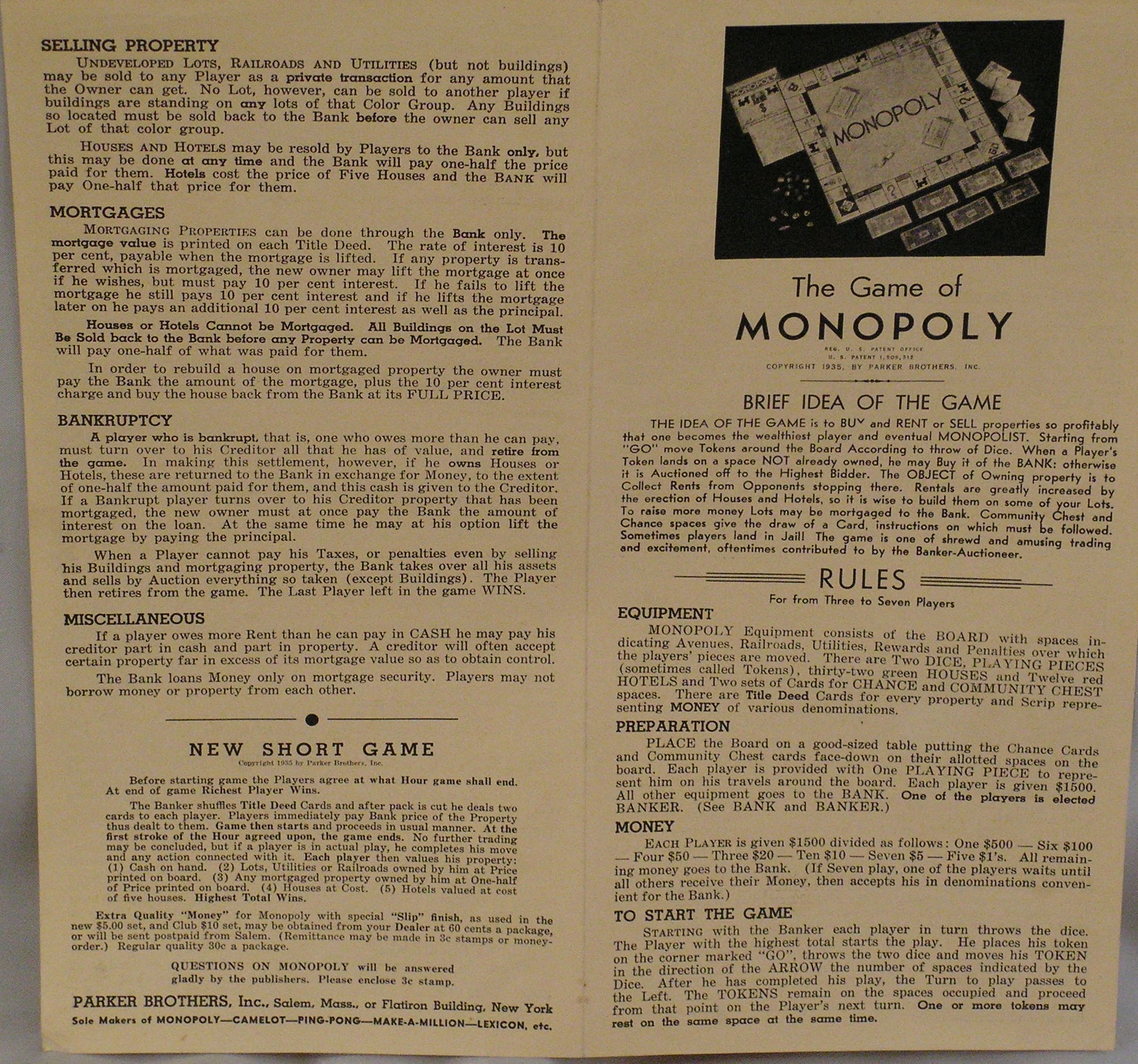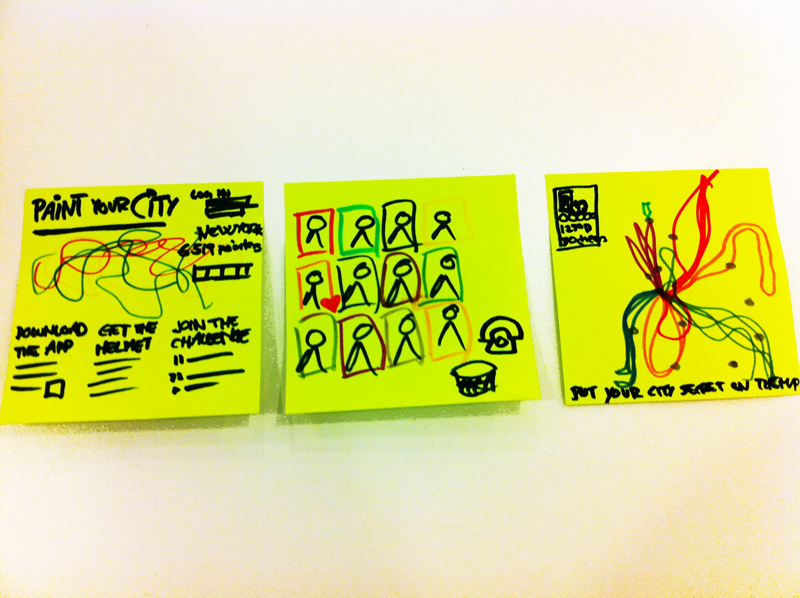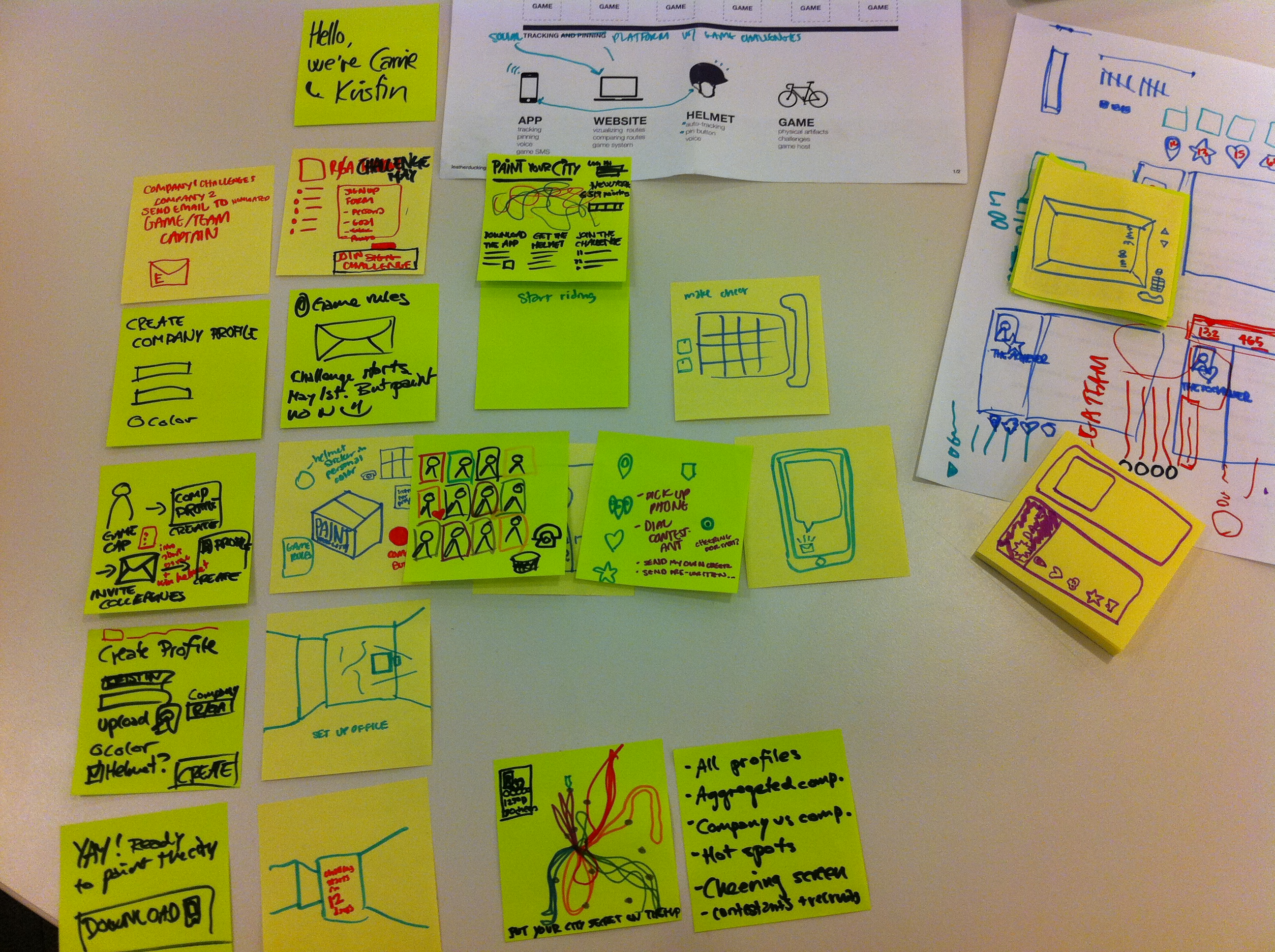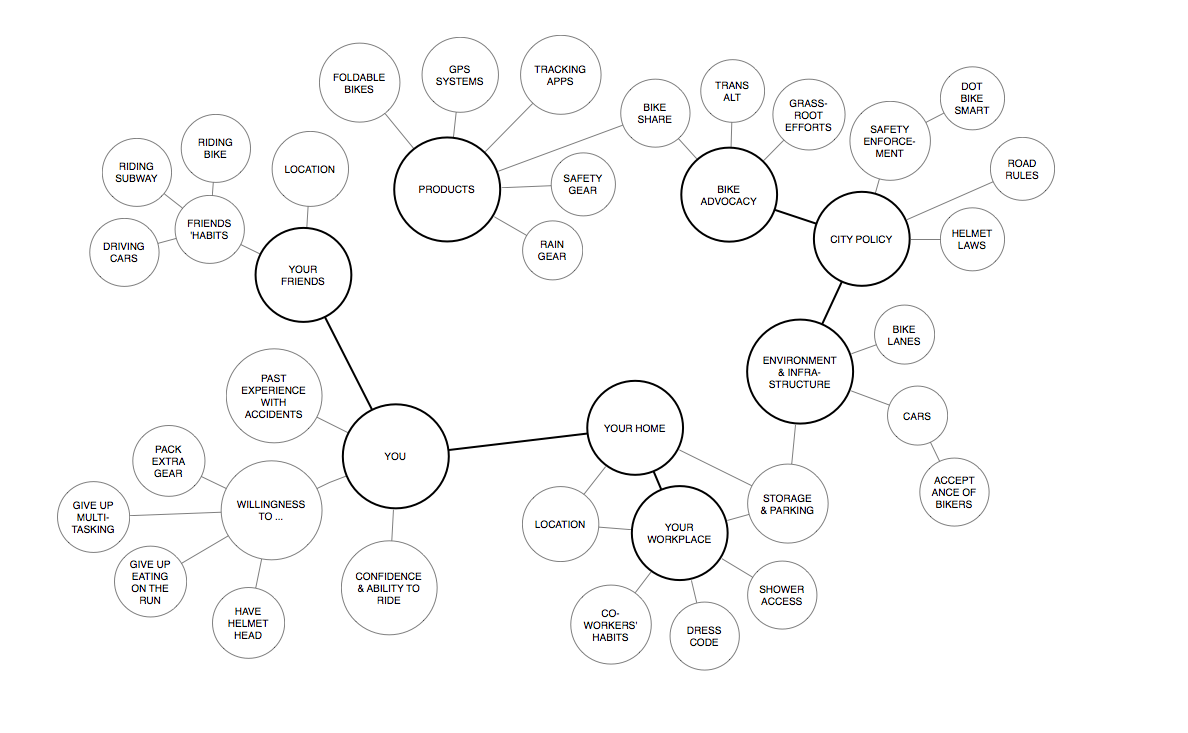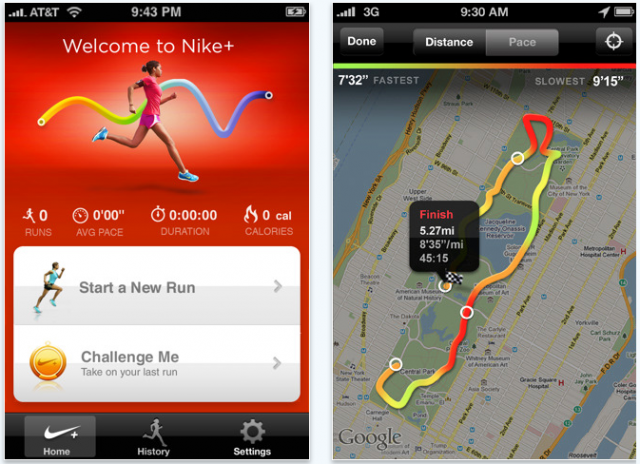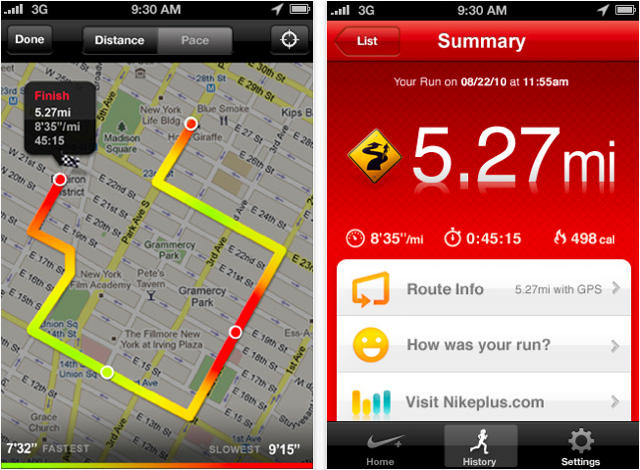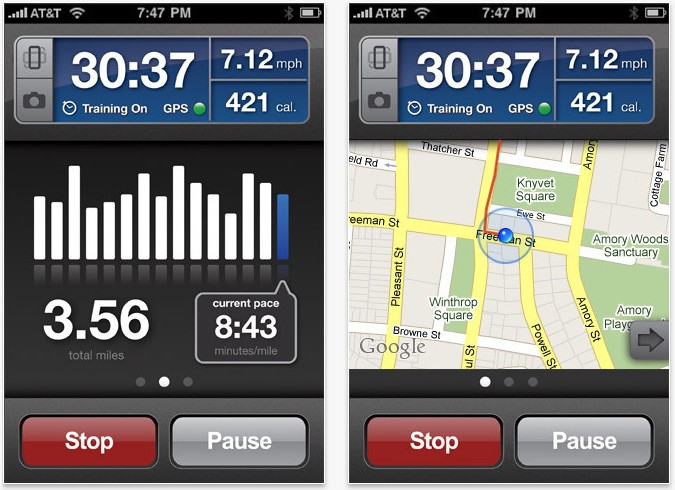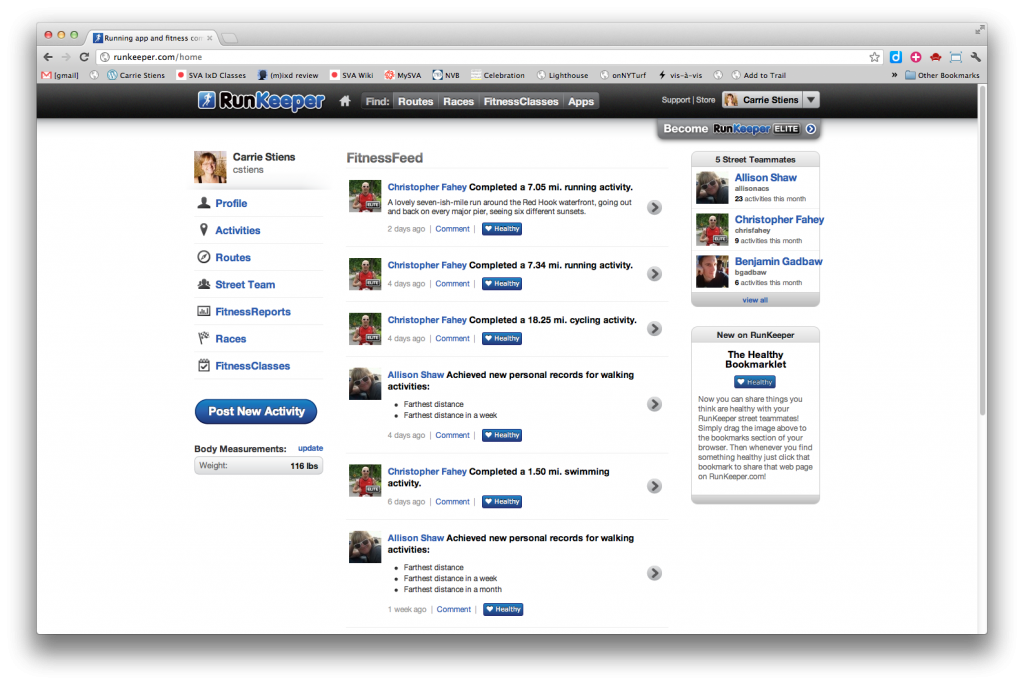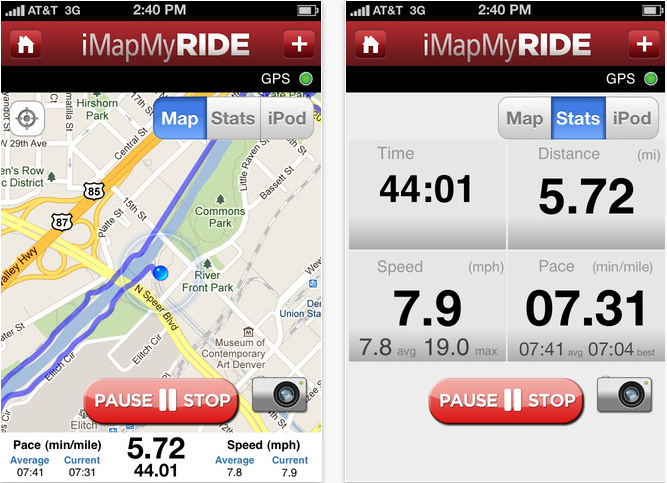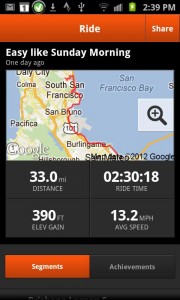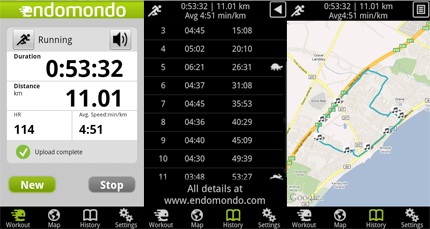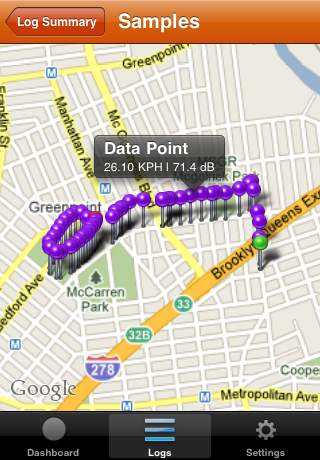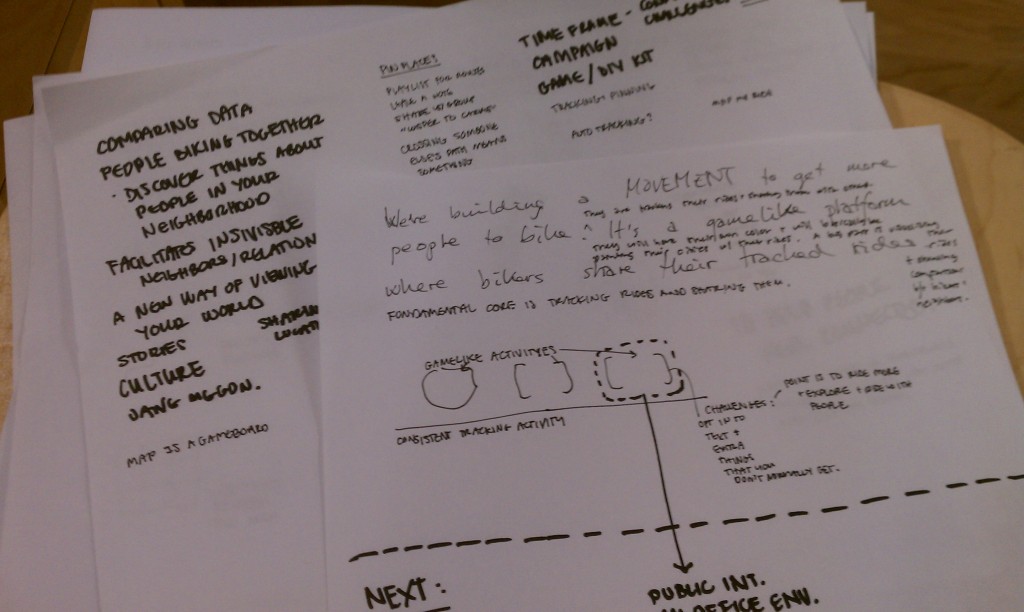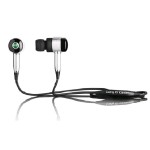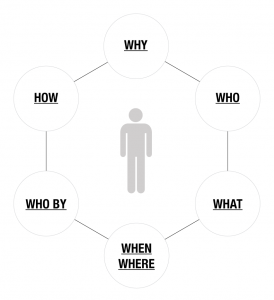
In my thesis workgroup, we are using a story model to help us delineate the intervention we are making with the thesis project. This is a second take on it.
WHY: What if your city felt smaller and your experience of it felt bigger?
Our reasons are: to spread the joys of biking, to contribute toward human super-powered (better) lifestyles and healthy environments, to help people overcome the personal barriers to riding for transportation, to move toward a cultural shift in the way we navigate and experience our cities
WHO: city dwellers with under-utilized bikes; these people can be defined by three personas:
The leisure rider ( the ‘not yet convinced’) —“I ride my bike around my neighborhood and outside of the city, but it’s not really a transportation mode for me.”
The casual commuter—“I ride around my neighborhood and to work occasionally. It’s my secondary mode of transportation.”
The committed commuter—“I ride my bike to work every day. It’s my primary mode of transportation.”
WHAT: It is a movement to get people to discover and further embrace their human superpowers by biking for transportation. It takes the form of a service paired with a physical product that equips and encourages riders. The physical product is a talking helmet that tracks your rides the moment you put your helmet on, works as a remote for you to bookmark places and events realtime while riding, and helps you find your way in moments where you are lost.
WHEN/WHERE: during a ride, before and after a ride, ‘hunger moments’, planning periods
WHO BY: creators, bike nerd developers, bike community
HOW: mobile application, physical bike helmet, website
